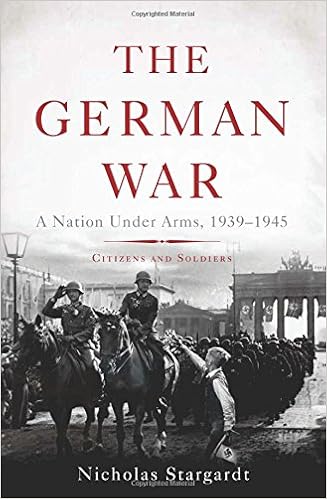Sasso, Sandy Eisenberg. Anne Frank and the Remembering Tree. Ill. Erika Steiskal. IN: The Children's Museum of Indianapolis. 2015.
"In most windows I saw people working and children playing. When the soldiers came, people began covering their windows, so I couldn't see inside anymore. But the tiny attic window of the narrow brick house behind Otto Frank's business offices had no shade. For a long time the rooms were empty. Then one day, Otto's whole family came to live there. They called their new home the Secret Annex..."
A story of Anne Frank, who loved a tree and the tree who promised never to forget her.
This book is co-published with the Children's Museum of Indianapolis, chosen by the Anne Frank Center as the first U.S. recipient of a sapling from the tree outside of the Secret Annex window (the tree is the narrator in the book). Recommended for ages 6-9.
Thank you to Bob Evans for donating this book to the Holocaust Center's Library.
Douglas, Lawrence. The Right Wrong Man: John Demjanjuk and the Last Great Nazi War Crimes Trial. NJ: Princeton University Press. 2016.
In 2009, Harper’s Magazine sent war-crimes expert Lawrence Douglas to Munich to cover the last chapter of the lengthiest case ever to arise from the Holocaust: the trial of eighty-nine-year-old John Demjanjuk. Demjanjuk’s legal odyssey began in 1975, when American investigators received evidence alleging that the Cleveland autoworker and naturalized US citizen had collaborated in Nazi genocide. In the years that followed, Demjanjuk was twice stripped of his American citizenship and sentenced to death by a Jerusalem court as "Ivan the Terrible" of Treblinka—only to be cleared in one of the most notorious cases of mistaken identity in legal history. Finally, in 2011, after eighteen months of trial, a court in Munich convicted the native Ukrainian of assisting Hitler’s SS in the murder of 28,060 Jews at Sobibor, a death camp in eastern Poland.
An award-winning novelist as well as legal scholar, Douglas offers a compulsively readable history of Demjanjuk’s bizarre case. The Right Wrong Man is both a gripping eyewitness account of the last major Holocaust trial to galvanize world attention and a vital meditation on the law’s effort to bring legal closure to the most horrific chapter in modern history.
Thank you Nick Coddington for donating this signed copy to the Holocaust Center's library.
Helm, Sarah. Ravensbruck: Life and Death in Hitler's Concentration Camp for Women. NY: Doubleday, 2014.
Months before the outbreak of World War II, Heinrich Himmler—prime architect of the Holocaust—designed a special concentration camp for women, located fifty miles north of Berlin. Only a small number of the prisoners were Jewish. Ravensbrück was primarily a place for the Nazis to hold other inferior beings: Jehovah’s Witnesses, Resistance fighters, lesbians, prostitutes, and aristocrats—even the sister of New York’s Mayor LaGuardia. Over six years the prisoners endured forced labor, torture, starvation, and random execution. In the final months of the war, Ravensbrück became an extermination camp. Estimates of the final death toll have ranged from 30,000 to 90,000.
For decades the story of Ravensbrück was hidden behind the Iron Curtain. Now, using testimony unearthed since the end of the Cold War and interviews with survivors who have never talked before, Sarah Helm takes us into the heart of the camp. The result is a landmark achievement that weaves together many accounts, following figures on both sides of the prisoner/guard divide. Chilling, compelling, and deeply necessary, Ravensbrück is essential reading for anyone concerned with Nazi history.
Thank you K. Kennell for donating this book to the Holocaust Center's library.
Hornby, Elfi. Dancing to War. WA: The First World Publishing, 1997.
In this, her first book, the author recounts her incredible experiences as she, a sixteen-year-old dancer, was being sent to the worst battle zone of WW II—the Russian front in mid minter of 1943—to entertain German troops. Under the thumb of an unsympathetic, exploitative director, she faces unimaginable hardships and challenges, witnesses the horrors of war, meets many of its heroes and villains and is forced to rethink all she had been taught about life, country and God. She and her colleagues barely escape, riding in a cattle car back to Berlin.
The book brims with action and adventure, and is amply sprinkled with both laughter and tears. It offers a rare glimpse of war from “the other side.”
Thank you to Dr. and Mrs. Elie Levy for donating this book to the Holocaust Center's library.




























